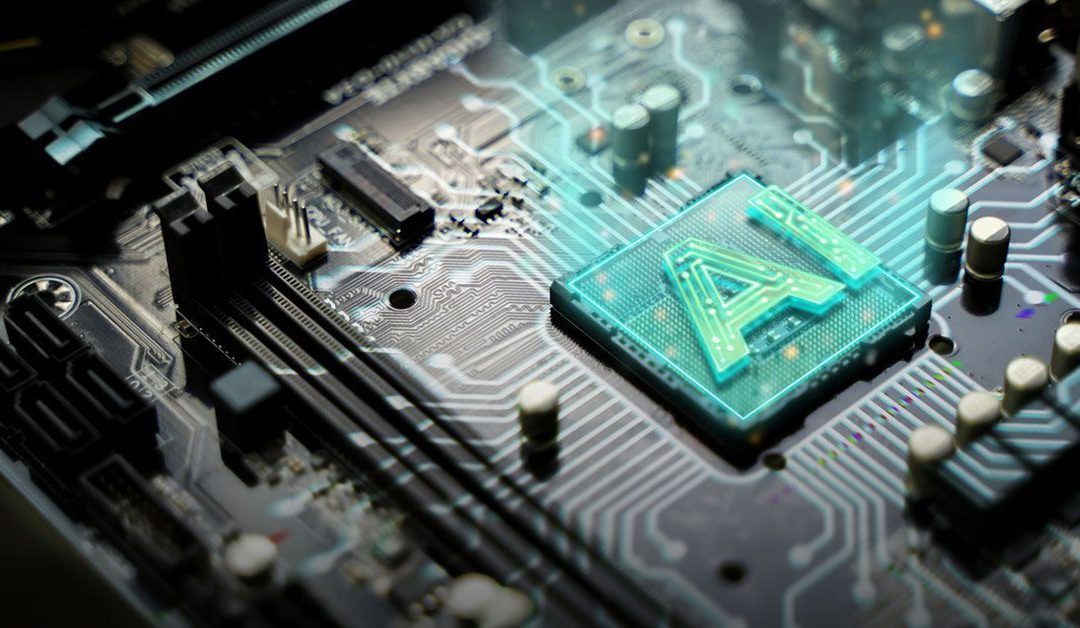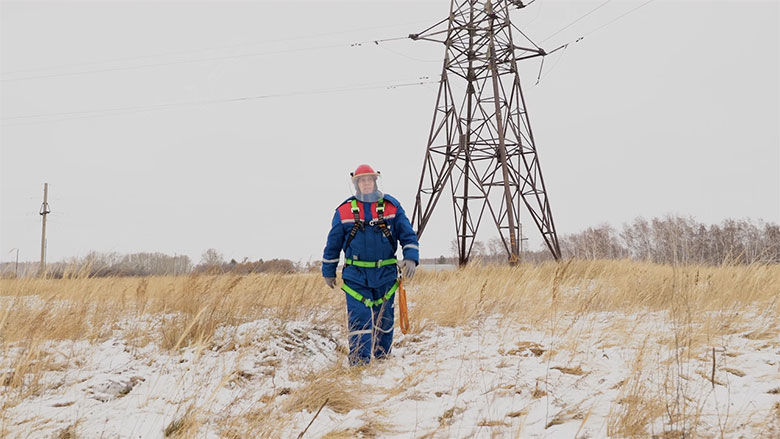
Unlocking Safer Workplaces with AI: Challenges and How to Overcome Them
Here are the key barriers organizations face when adopting AI for workplace safety—and how to overcome them.

Here are the key barriers organizations face when adopting AI for workplace safety—and how to overcome them.

When a serious incident unfolds in the workplace, the focus is rightly on the immediate response – but what happens next often reveals a much deeper problem.
Whether you manage a dispersed team, oversee high-risk operations, or coordinate responses during global incidents, knowing where your people are and being able to act quickly can make all the difference.

When we think of workplace safety, the conversation often turns to policies, risk assessments, or compliance checklists. But there’s a more powerful driver of safety—one that isn’t documented in any manual: culture.

Whether it’s an engineer inspecting power lines, a social worker conducting home visits, or a delivery driver navigating remote terrain, lone and high-risk workers face safety threats that office-based teams rarely encounter.